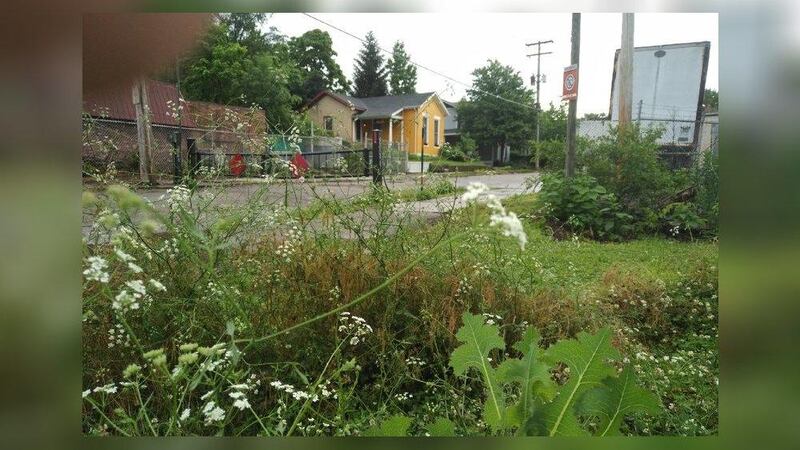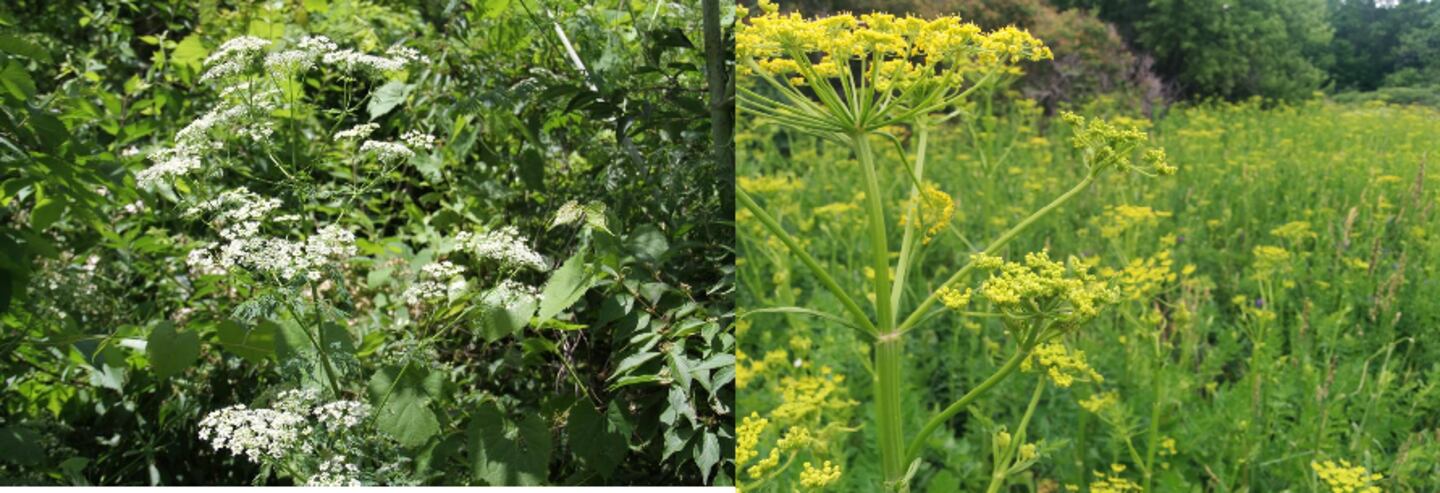Officials from Ohio State University have issued a warning for poison hemlock and wild parsnip, two non-native and potentially deadly weeds found in Ohio.
>> Severe storms bring Miami Valley daily record-breaking rainfall
Both are commonly found growing together, and continuously wet conditions have caused both weeds to flourish this growing season.
Ohio, specifically the Dayton area, has experienced record rainfall this year and in recent years.
2018 was confirmed to be one of the Top 10 wettest years on record with the last year’s rainfall accumulation reaching near 49 inches.
>> 2018 is one of the Top 10 wettest years in Dayton
Poison hemlock is one of the deadliest plants in North America. It contains highly toxic compounds, which cause respiratory failure and death in mammals.
The toxins must be ingested or enter through the eyes or nasal passages to induce poisoning.
The roots of the weed are more toxic than the leaves and stems, however all parts of the plant including the seeds should be considered dangerous.
Wild parsnip contains psoralens, which kill skin cells that are responsible for protecting us from sunlight radiation.
Severe blistering, burn-like symptoms, and skin discoloration can occur as a result.
Both weeds can be identified by their short flower stalks rising from a common point like the ribs on an umbrella.
Poison hemlock produces white flowers on stalks that create a more rounded look, like an umbrella. Wild parsnip has intense yellow flowers with the stalks producing a more flat-topped appearance.
HOW CAN YOU GET RID OF THE PLANTS?
The most effective control approach involves application of herbicides to the weeds, though they can be partially managed by mowing or tilling.
It’s becoming too late to manage the weeds in southern Ohio, though there is still time to reduce infestations in central or northern parts of the state, officials say.
Though it may be too late to control infestation, it’s not too late to suffer from the toxicity of the weeds.
Both plants will remain a risk until collapsing later this season.







